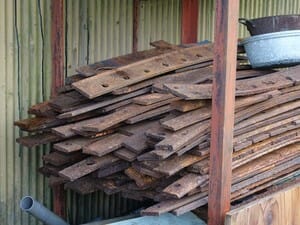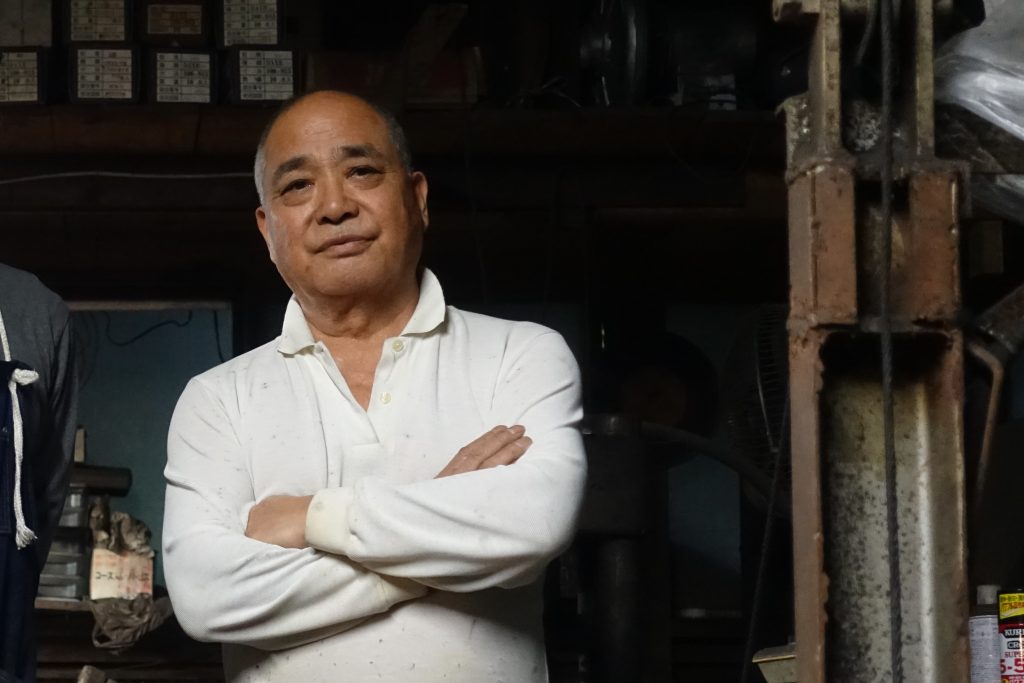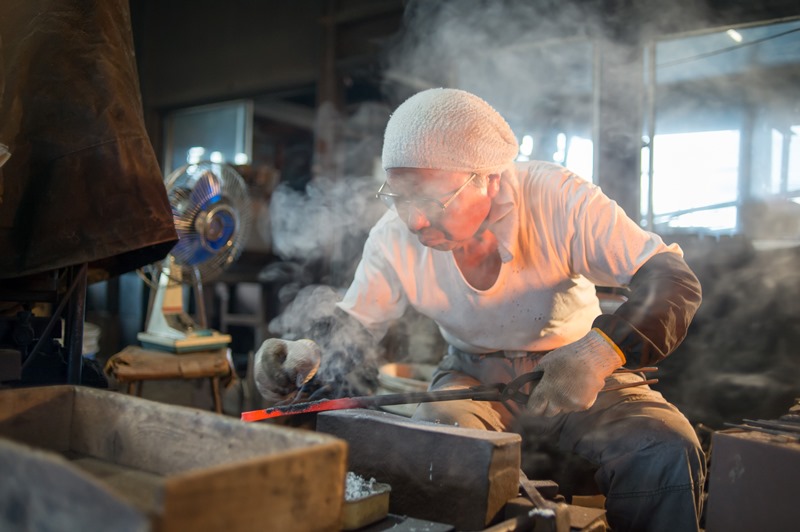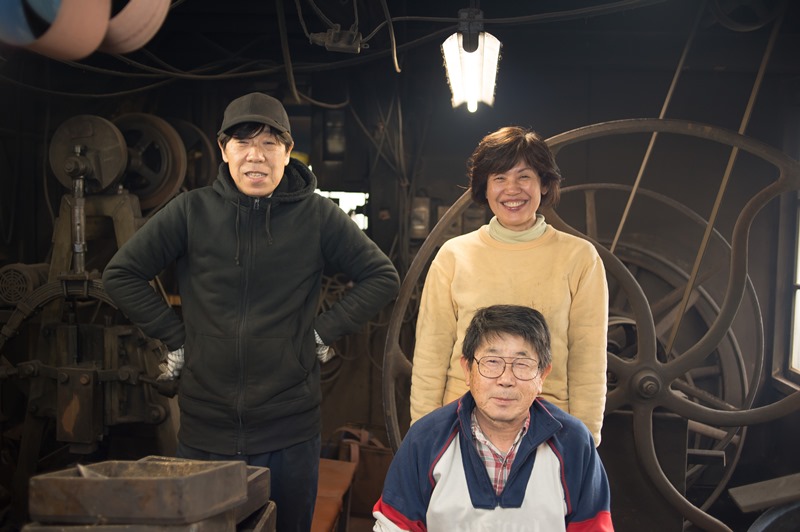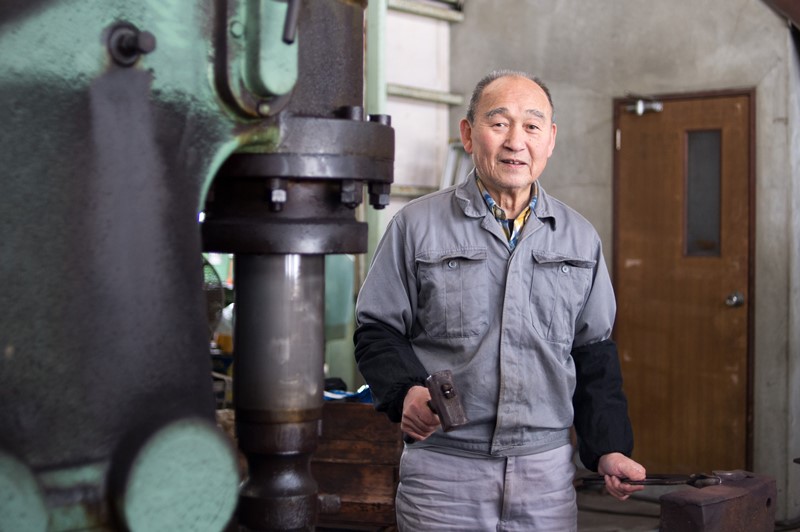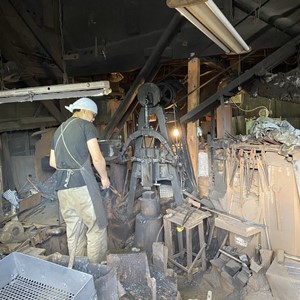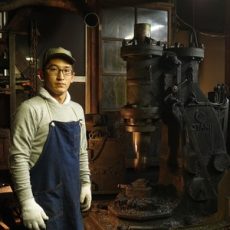As a traditional craft
In 1986, it was designated as a “traditional craft” by the Minister of Economy, Trade and Industry (then Minister of International Trade and Industry). Traditional crafts are carpentry tools such as “Nomi”(chisel), “Kanna”(plane), “Chona”(adze), and “Masakari”(broadax).
We also manufacture kitchen knives and knives using our traditional technology.
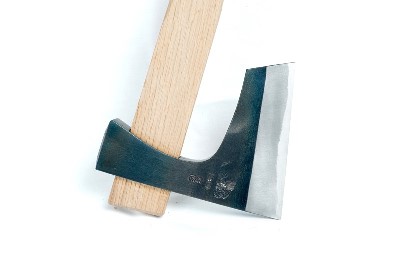
(broadax)
One of the axes, which has a wide blade width and is constricted on one side, is called a “Chona”. It is used to scrape off the sides of logs to make square timber.
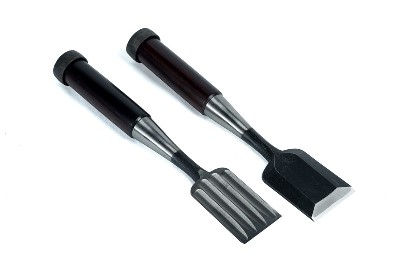
(chisel)
It is used for processing traditional Japanese techniques such as wood joinery (a technique for joining wood without using nails), and is indispensable as a tool for carving wood. There are tapping chisel that is used by hitting the tail using a hammer to, and poking chisel that is used by poking with both hands.
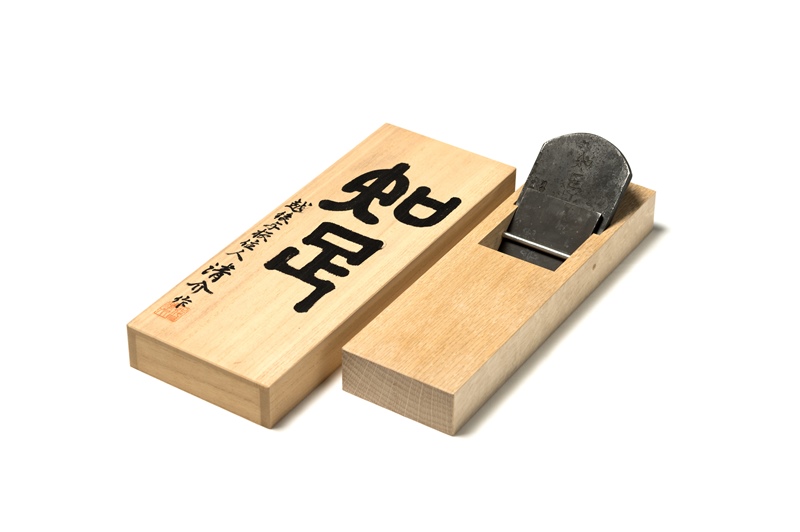
(plane)
It is used as a tool for flattening wood. Recentry, it is used to beautifully finish the wood surface, and the cleanly ground wood surface repels water and the surface reflects like a mirror.
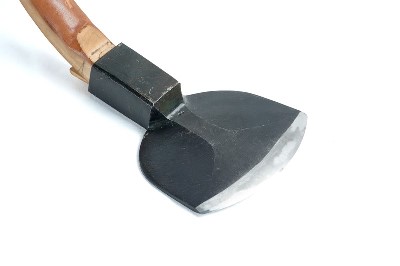
(adze)
It is used as a tool for rough cutting logs and square timbers, such as finishing beam materials for wooden houses. It is also used for design purposes because of its characteristic shaving marks in modern times.
400 Years History
The 400-year history of Echigo Yoita Uchihamono dates back to the Warring States period(around 1550).
Naoe Kagetsuna (the father-in-law of Kanetsugu Naoe), who became the owner of Yoita Castle, brought japanese swordsmiths and they started making japanese swords in Yoita.
▼ Open
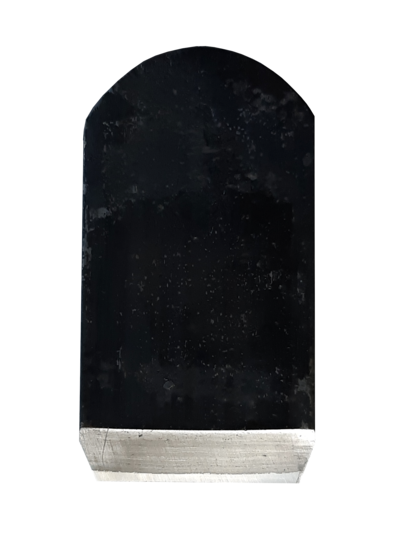
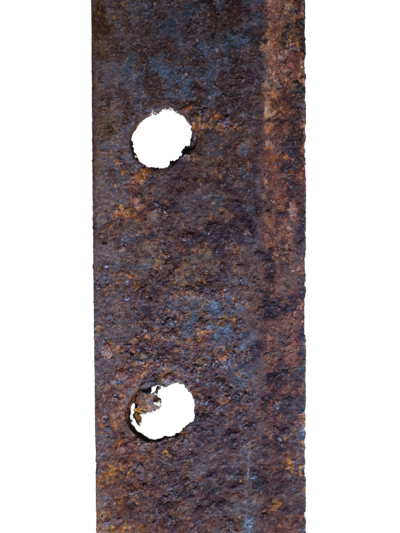
Characteristics
The feature is “forge welding” which is a technique to bond a steel and iron.
The material bonded by a technique called forge welding unique to Japan, is slowly beaten and forged at a relatively low temperature to give it a unique stickiness. We use the iron which is manufactured before 1877.
▼ Open
Echigo Yoita Uchihamono Union
Five blacksmiths have joined the Echigo Yoita Uchihamono Union.
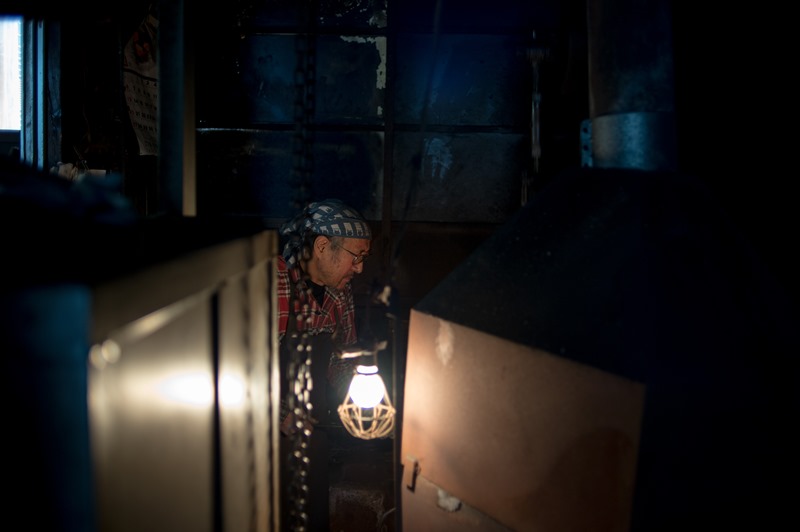
Funahiro Cutlery Factory
Main Products: Chisel, Plane
Inheritors
The number of blacksmiths in Yoitamachi, which was 300 at one time, was closed one after another, and now there are about 10 blacksmiths.
In order to become a Inheritor, Mr. Shimada has been training as a disciple at at Nakano Kanna Factory from 2017, and Mr. Nitadori has been training as a disciple at Mizuno Plane Works since 2020.
